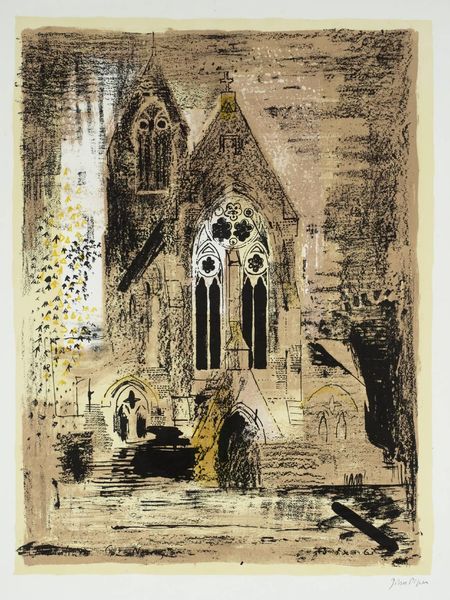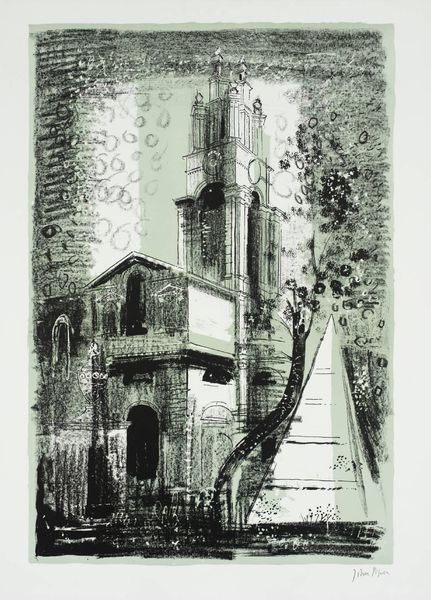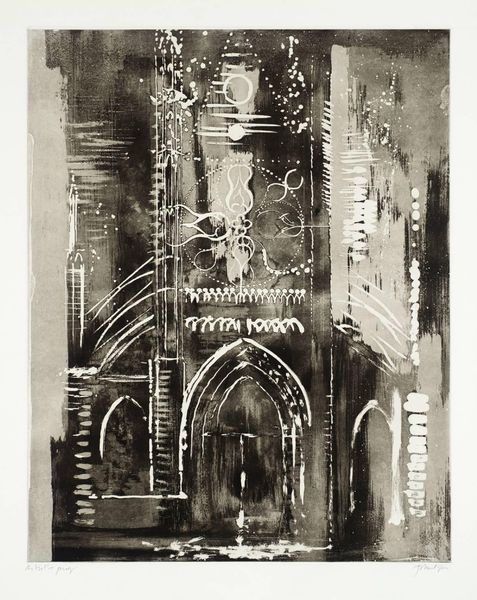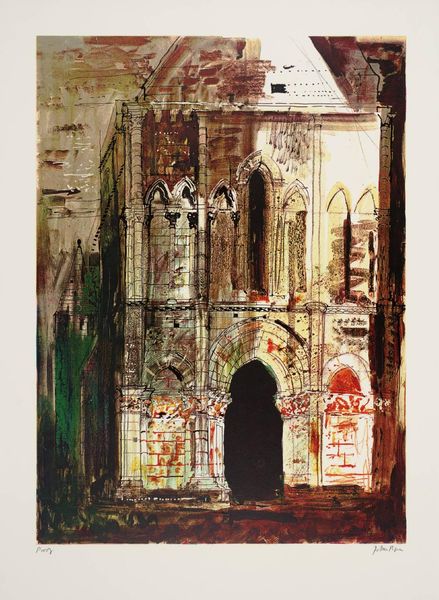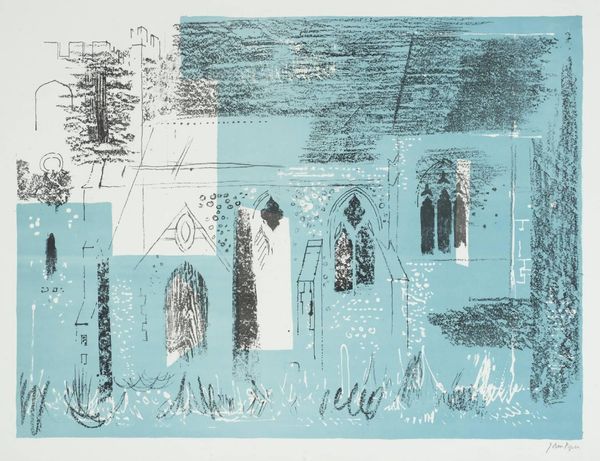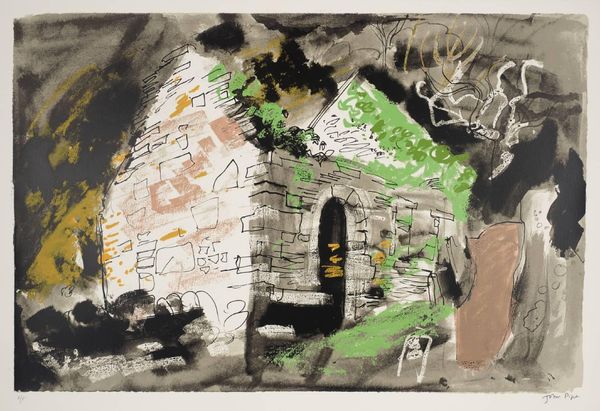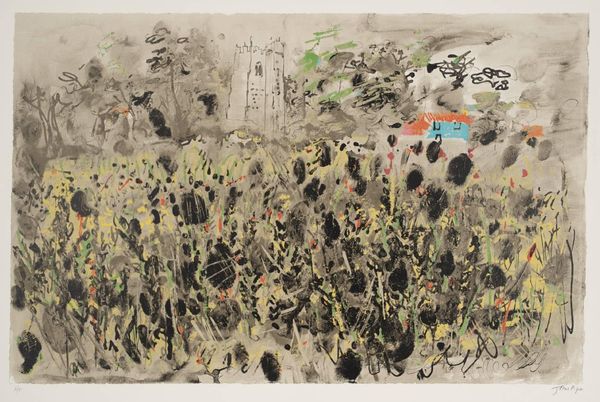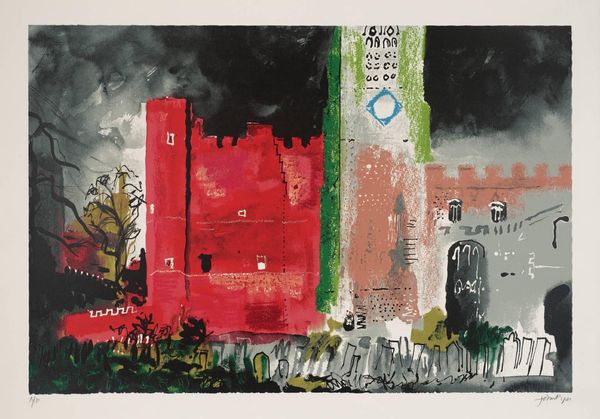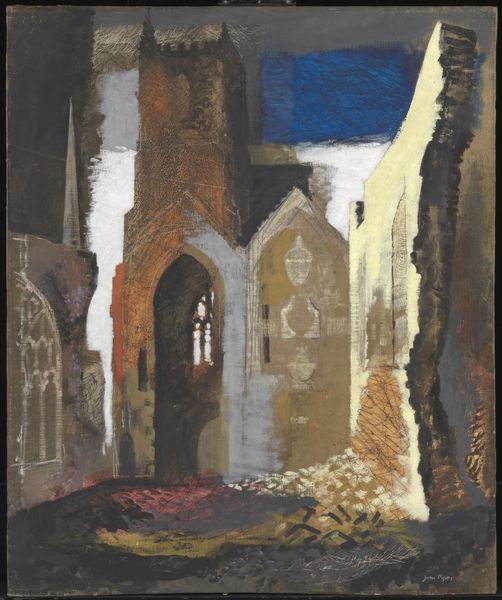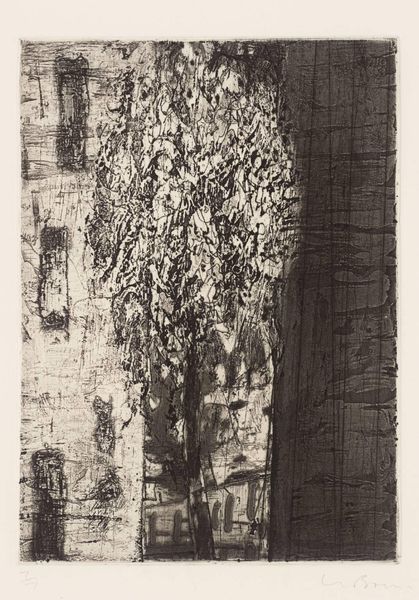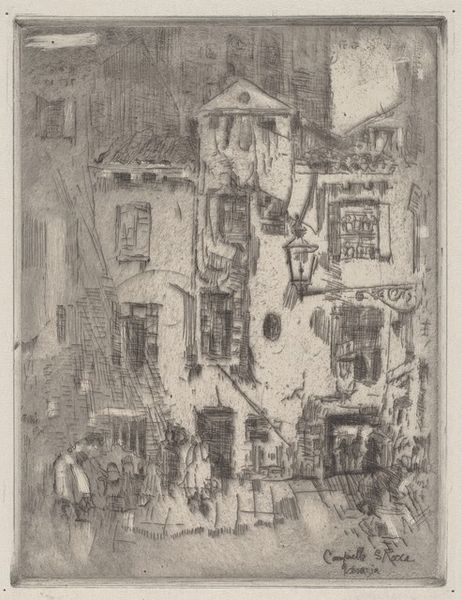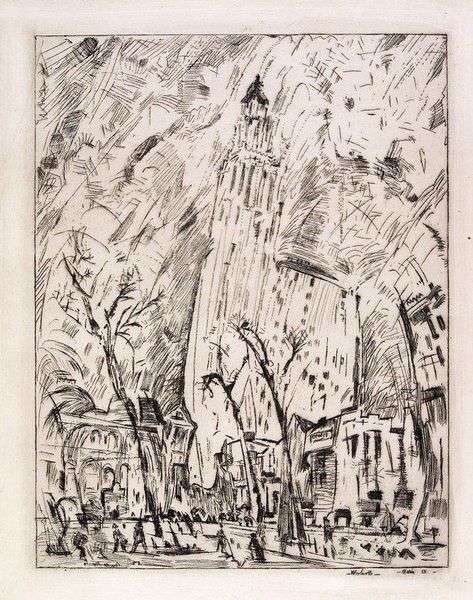
Dimensions: image: 924 x 613 mm
Copyright: © The Piper Estate | CC-BY-NC-ND 4.0 DEED, Photo: Tate
Editor: This is John Piper's "Castlemartin," currently in the Tate collection. The stark tower against that stormy sky really gives off a powerful, almost gothic, vibe. What's your take on it? Curator: Absolutely. Piper's work during this period often depicted bomb-damaged churches, and even without explicit destruction here, the composition resonates with a sense of vulnerability and the passage of time. How might we interpret this interest in ruins as a response to broader societal anxieties about cultural preservation and national identity in the wake of war? Editor: That’s a perspective I hadn’t considered. It makes you wonder about the resilience of these structures and what they represent. Curator: Exactly, thinking about the iconography of ruined churches, these artworks become symbols of something bigger about history and change.
Comments
Join the conversation
Join millions of artists and users on Artera today and experience the ultimate creative platform.
tate 6 months ago
⋮
This church tower is at an isolated village in Pembrokeshire. Piper was adept at reproducing the texture of the old stones of churches, here the result of a widespread attack of various coloured lichens. This screenprint is one of many given to Tate in 1976 by Chris Prater, the printer who made them with his wife, Rose. Their prints reproduced gouaches drawn by Piper, which he had made in part for this purpose and with the screenprinting process in mind. In this way he popularised his work, and found a new market for his art. Gallery label, July 2008
